Explainer: How Does Raisi’s Death Impact Khamenei’s Succession?

Iran's President Ebrahim Raisi, a leading candidate to succeed the Supreme Leader of Iran, was killed in a helicopter crash, the details of which remain unclear.
In the wake of Raisi's death, the recently elected sixth Assembly of Experts for Leadership convened as scheduled on May 21.
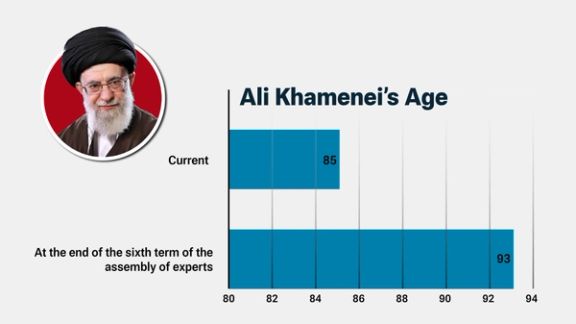
The Assembly of Experts is the only constitutional body in Iran endowed with the authority to appoint and dismiss the Supreme Leader. Each term spans eight years, and given that Khamenei is 85 years old, it is highly probable that this assembly will be tasked with selecting his successor.
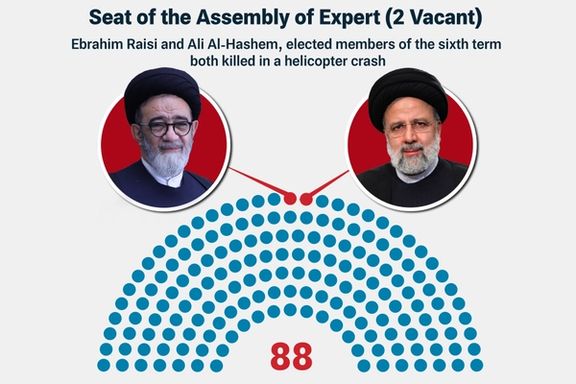
The body consists of 88 members, all Islamic scholars. President Ebrahim Raisi and Ali Al-Hashem, elected members of the sixth term, were both killed in a helicopter crash, resulting in two vacancies.
The Assembly of Experts operates like an enigmatic vault. Before 1989, its sessions were completely shrouded in secrecy. However, under Khamenei's leadership, detailed minutes from these sessions have been classified as either confidential or highly confidential.
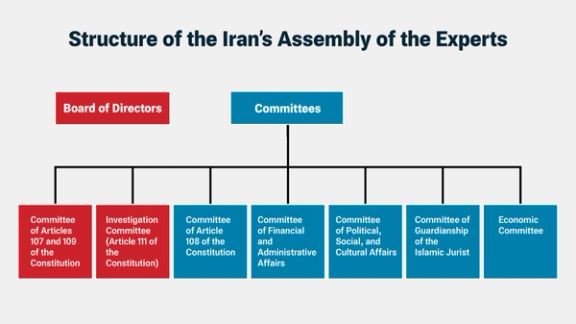
The most important components of the structure of the Assembly of Experts are the Board of Directors, the Investigation Committee responsible for overseeing the Leader, and the Committee of Article 107 and 109 of the Constitution, tasked with determining the next leader of the Islamic Republic of Iran. In practice, the Investigation Committee has never challenged the Supreme Leader.
With no strong rivals, Raisi was in a prime position to become the president of the Assembly of Experts, making his future leadership a distinct possibility.
Raisi and Mojtaba Khamenei, the Supreme Leader's own son, were frequently regarded as the top candidates to succeed Khamenei.
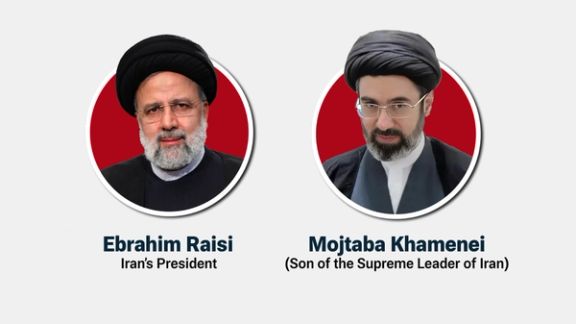
Speculations Around Raisi's Sudden Death
Although not prominently, there have been some speculations surrounding the sudden death of Raisi.
Some argue that he may have been assassinated to clear the path for Khamenei's son to ascend to leadership. This argument aligns with the pattern of candidate disqualifications observed during Khamenei's tenure as Supreme Leader.
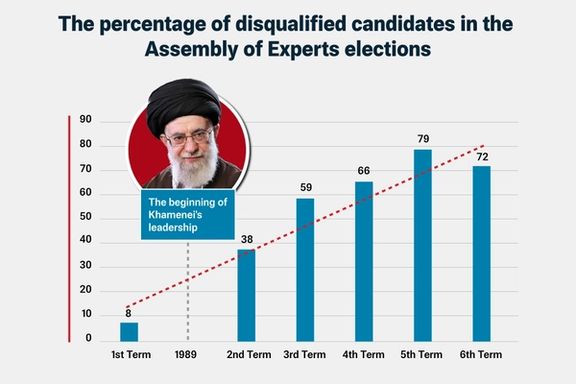
The trend of increasing disqualifications of candidates for the Assembly of Experts has been noticeable since Khamenei assumed leadership in 1989.
The impact of disqualifications has also affected high-ranking officials of the Islamic Republic. Notable individuals whose eligibility to participate in the Assembly, which selects the next leader, was rejected include Hassan Rouhani, the former president and ex-member of the same Assembly, and Hassan Khomeini, the grandson of the founder of the Islamic Republic.
Until 1989, the eligibility of candidates for the Assembly of Experts elections was determined by senior Shia clerics.
After a revision of the Assembly's internal regulations during Khamenei's leadership, the authority to approve candidates became the exclusive domain of the Guardian Council. This 12-member body consists of six members directly appointed by the Supreme Leader and six selected by the head of the judiciary, who is also appointed by the Supreme Leader.
The revision exemplifies Khamenei's perpetual cycle of control in the so-called elections of the Islamic Republic.
Minimal Competition for Assembly's 88 Seats
These disqualifications have turned the Assembly of Experts elections into sham exercises.
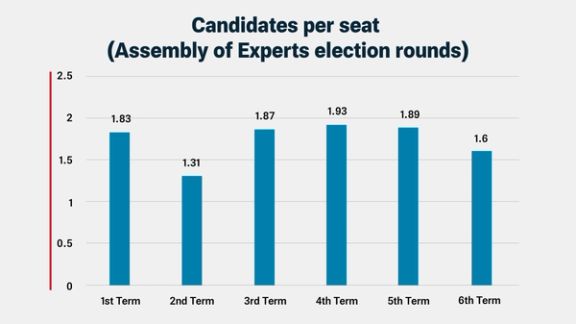
In the most recent round of elections held in March, 144 candidates competed for 88 seats in the Assembly of Experts. On average, there were approximately 1.6 candidates contesting each seat. This indicates that many seats had only one or very few candidates running for them.
In essence, across all rounds of the Assembly of Experts elections, there has never been genuine competition between even two candidates. It is fair then, to say that these elections are the least competitive within the Islamic Republic.
Next chapter of the Islamic Republic’s rule
The Assembly of Experts has, in its history, elected a Supreme Leader only once. Following the death of Ruhollah Khomeini, Ali Khamenei was chosen as the next Leader of the Islamic Republic in June 1989.
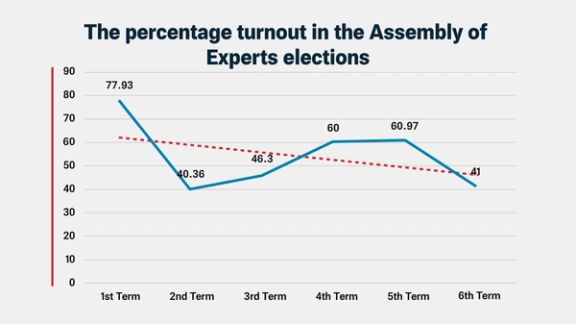
The commencement of the Assembly of Experts for Leadership, which will most likely select the next Supreme Leader of the Islamic Republic of Iran, began with a message from the current ruler, highlighting the selection of the future leader.
Read by his chief of staff, Khamenei’s message stated that “the selection of the leader according to Islamic criteria is the responsibility of [the] Assembly, which is itself elected and chosen by the people”.
Participation in the Assembly of Experts elections, according to the Islamic Republic's own statistics, has been decreasing. Furthermore, according to the law, the decision made by the Assembly of Experts to appoint the Supreme Leader is more authoritative and final than the majority opinion of the general population.
Now, a new chapter in the era of the Islamic Republic has begun. With the death of Ebrahim Raisi, one of the main contenders to succeed Khamenei, the country’s powerful players will enter a new and likely tense phase of political competition for Iran’s future leadership.